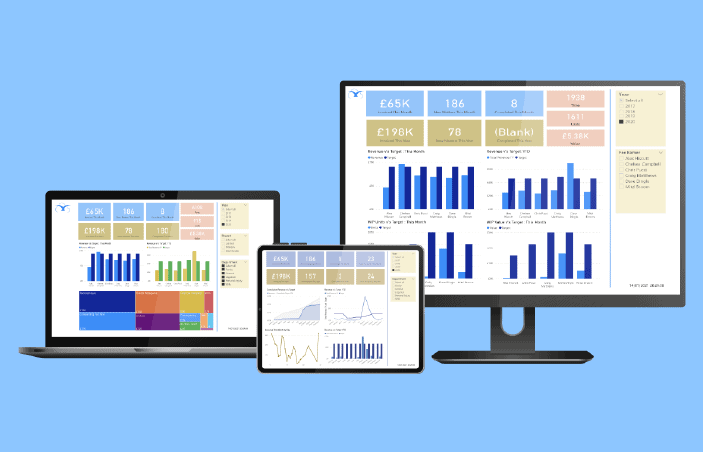Contents
Osprey Approach celebrates 30 years in business
As Osprey Approach enters its fourth decade in business, we sat down with Founder and Managing Director, John Taylor, about how it all started – and what the future holds:

Q&A with Osprey founder to celebrate 30 years
Q. John – the tech industry’s seen an awful lot of consolidation, yet Osprey remains independent as it celebrates 30 years in business. Why?
“It’s hard to see how law firms benefit from their suppliers merging or being the subject of acquisition. It seems to have the effect of diverting funds away from software development rather than providing economies of scale. Technology still interests me, and our independence allows software development to remain the priority.”
Q. What’s been one of the biggest challenges that Osprey has faced in recent years?
“The Law Society’s support of the Veyo initiative threatened a great deal of disruption to the legal tech market given its stated ambition to take 90% of the market within two years. They had some good – if not original – ideas, but in the end concentrated too much on delivering a marketing message and didn’t get the software release right.”
Q. What’s the secret to Osprey’s longevity in a highly competitive market?
“That’s a difficult one to answer. We try to get the basics right – attract and retain good staff, listen to our customers and manage their implementations – so that they get the results they expect from the software, but I like to think there is another element. It is possible with specialist software applications to rely solely on developing exact functionality. After all, most of the intellectual property in a legal software application is contained in the functionality. However, all the dramatic improvements in the capability of technology have little to do with specialist functionality. Why move to the cloud for instance?
We try to understand how technological developments can be translated into real-world benefits for the lawyers who use our software.”
Q. And finally, describe Osprey in 10 years’ time
“Legal software applications still do the same job as they did thirty years ago. They do it better, more efficiently, more comprehensively and more intuitively, but the purpose of assisting lawyers and their support staff does not change. That will remain the objective for Osprey. What that will look like in ten years’ time is another matter. The road signs already exist for the working environment of the future. Lawyers and their clients will interact directly with the software and artificial intelligence will assist in making the user experience natural whilst performing most of the administrative tasks. Virtual reality meetings will replace most of the face-to-face consultations. Secure transactions will be recorded and maintained in blockchain databases. Cloud-based portals such as Land Registry will share and integrate information to increase the efficiency of legal processes. Social media will be as much a part of interaction at work as it is in personal life. I’ll risk predicting that technology will be designed and developed to enhance people’s working and personal lives and to change, rather than replace, people’s work. That’s what we will be doing over the next ten years.”



